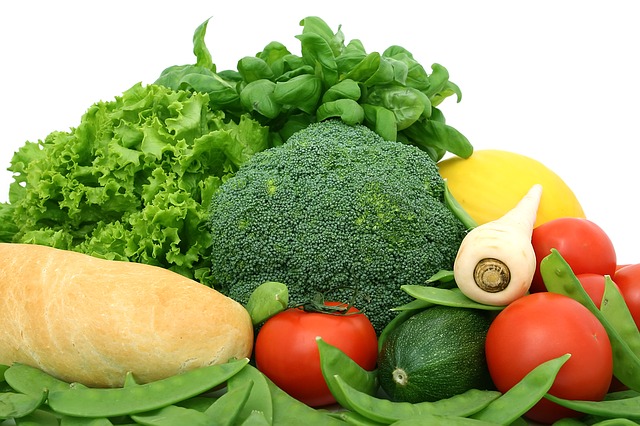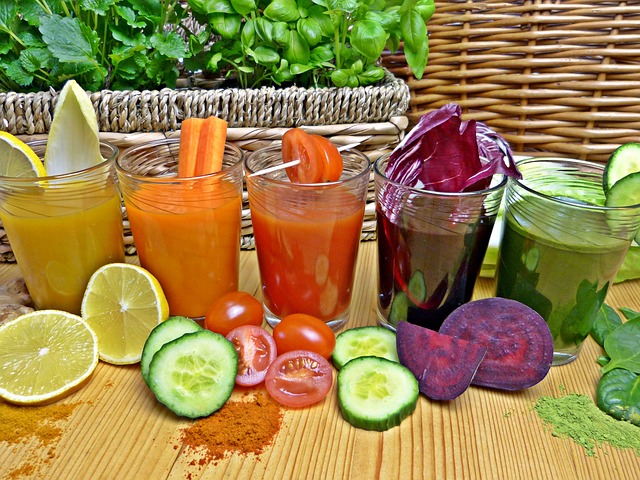Yes, I’m serious! (And don’t you sometimes wonder anyway?)
You already know that your poop can reflect your physical, and sometimes even emotional, health.
You may get constipation or have diarrhea when you eat something that “doesn’t agree with you,” or when you’re super-nervous about something.

And what about fiber and water? If you’re not getting enough, it’ll probably show in your poop.
What about the all-important gut microbes? If they’re not happy, it’ll probably show in your poop.
Here’s a trivia question for you:
Did you know there is an “official” standard for poop? I mean a university-created chart! One that is used to help diagnose conditions like irritable bowel syndrome (IBS)?
Meet the Bristol Stool Scale
The Bristol Stool Scale was created at the prestigious University of Bristol in the UK back in 1997.
You can see the chart here.
The scale breaks down
1 – Separate hard lumps (very constipated).
2 – Lumpy and sausage-like (slightly constipated).
3 – Sausage shaped with cracks in the surface (normal)
4 – Smooth, soft sausage (normal).
5 – Soft blobs with clear-cut edges (lacking fiber).
6 – Mushy consistency with ragged edges (inflammation).
7 – Liquid consistency with no solid pieces (inflammation).
Other “poop” factors to consider
You probably guessed that the shapes described in the Bristol Stool Scale are not the only thing to consider for poop health.
Think about how often you go. At least once per day, up to 3 times per day is pretty good. Less than one, or more than three can mean there is something going on.
What about how hard you have to try to go? You want it to be as effortless as possible.
And the colour? It should be brown from the bile that you need to break down the fats you ingest.

And if it’s green after a day of massive veggies, or red after that large glass of beet juice, you’re just fine.
But if you see an abnormal colour, like red or even black, that you can’t explain based on what you ate or drank in the last day or two, you probably want to get that checked out.
What do you do when you have “imperfect” poo?
Well, the first thing to consider is how imperfect it is, and how often it is like that? Once in a while, things aren’t going to be perfect, and that’s A-OK.
If you know you need to get more fiber or water, then try increasing that.
If you haven’t had enough probiotic foods, then try getting more of them.
If you’re super-stressed, then try deep breathing, meditating, or having a warm bath.

Oh, and don’t forget the two most basic pieces of nutrition advice:
First, eat a variety of nutrient-dense, minimally processed foods, including a lot of fruits & veggies (and their “fibrous” skins, wherever possible). The fiber in these is not only helpful for pushing food through your gut, but they also feed those millions of amazing helpful critters that live there (your friendly gut microbes.)
The second piece of advice is to eat slowly, and mindfully, chewing thoroughly.
These are good habits for anyone and everyone, even when you have perfect poop!
Of course, long-term issues might require a more thorough review with a qualified health care practitioner. Don’t suffer from poop issues for too long before seeking help.
Super-Simple Coconut Milk Yogurt
Ingredients
- 2 cans coconut milk full fat
- 1 capsules probiotic
Instructions
- 1. Open the probiotic capsules and empty contents into the blender. Blend with coconut milk.
- 2. Transfer to a sanitized glass jar (make sure it’s not still hot – you don’t want those probiotics to die).
- 3. Store it in a warm place for 24-48 hours. If it’s not thick enough for you, you can let it ferment for another 24 hours.
- 4. Add your favourite yogurt toppings and store the rest for up to a week in the fridge.
- Serve & enjoy!
Notes
Does your poop rule your life? Book your FREE 15-minute consultation with Christine Moran by calling (905) 836-5666 or book online anytime
Discover your path to harmony. Together we will identify the most powerful actions to help move you towards the health you desire and deserve.
References:

